Source: UF/IFAS 2021
Why Flowering Trees?
Most trees, like pines, oaks, elms, hickories, ashes, and maples, produce relatively inconspicuous flowers. If you have room for another tree and want to add a splash of seasonal color, there are many options at your disposal in Central Florida. These trees also give a sense of seasonality in an environment that is relatively verdant throughout most of the year.
Where Temperate Meets Tropic
The climate of Central Florida presents an interesting problem for those seeking to liven their landscapes with flowering plants – the location is juxtaposed between temperate and tropical climates. In USDA Hardiness Zone 9b, it is just cold enough for frosts to remove most tropical flowering trees from consideration, but too warm and physiologically stressful for most of the intense flowering species used throughout the rest of the country. When people think of temperate flowering trees, it is the cherries, pears, crabapples, and other members of the rose family that tend to come to mind. In 9b, some of their relatives like flatwoods plum and Carolina laurel-cherry are still potential candidates for landscaping, but the cold-hardiest members of the tropics are often all that can be used here without heavy wind or frost protection.
Flowers Don’t Last Forever
Seasonality of flowering is highly linked to plant origin. Plants from temperate areas will usually begin flowering in the spring. Plants from more tropical origins often have more varied seasonality to their flowering dates. Many tropical and subtropical area are divided by wet and dry seasons, and Florida is no exception here. However, flower duration varies highly from species to species. For example, loblolly-bays and magnolias flower through most of the summer and even into fall, but the golden raintree typically only flowers for a couple of weeks in September.
Florida Native vs. Colorful Outsiders
Most Florida native trees that produce flowers are not particularly colorful, which can be problematic. However, loblolly-bay, magnolias, flatwoods plum, Chickasaw plum, and Carolina laurel-cherry can provide some options for native gardens and landscapes. For those open to non-natives, many more options based on tree size, color, and flowering interval are available. Invasiveness is also a heavy consideration. Many trees that are invasive but already established in Florida’s environment are frequent flowerers and have therefore been provided in this list. This is not an advocacy for their horticultural use but a call to attention for their identification.
A Tree for Every Need
Landscape architects draw heavily on principles of design, which emphasize size, texture, uniformity, contrast, and color. An aesthetically pleasing landscape does not require huge amounts of color, but when used correctly, can create stunning effects. The trees listed below can help with plant goals, horticultural endeavors, and landscaping pursuits.

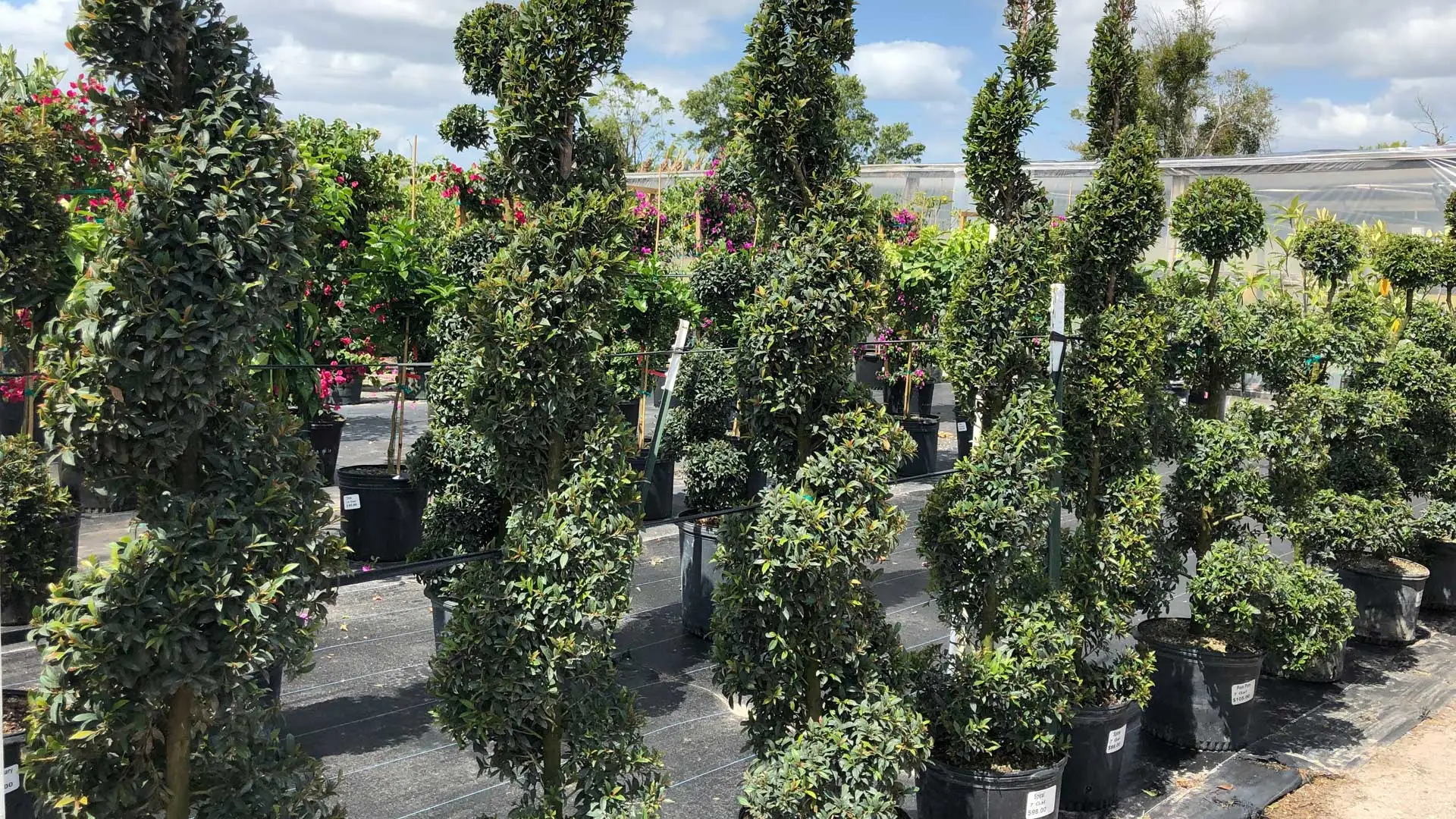
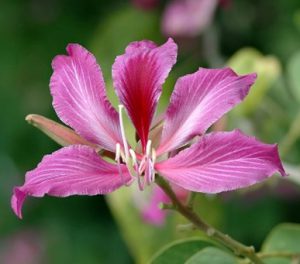


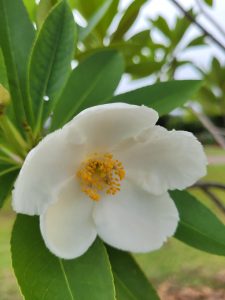

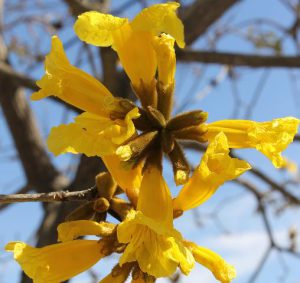
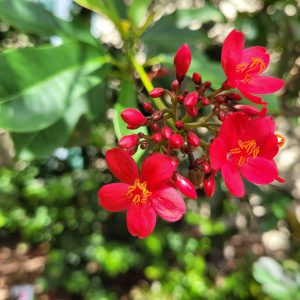
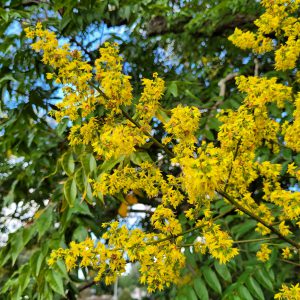

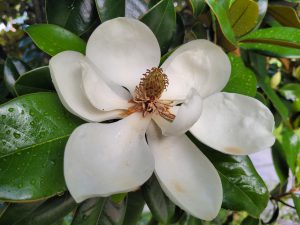
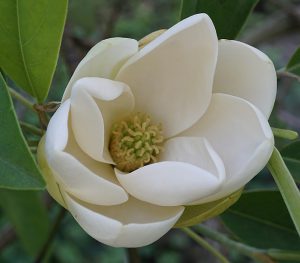

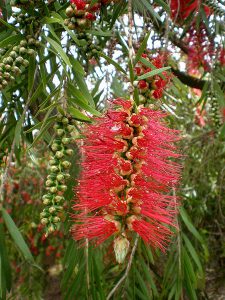

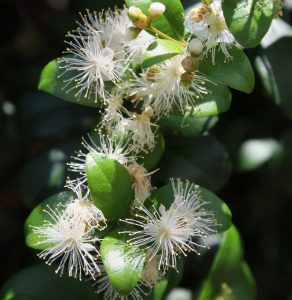
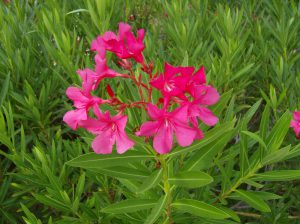
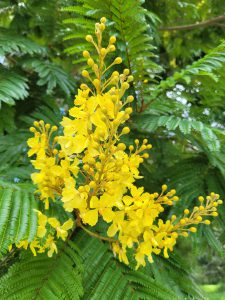


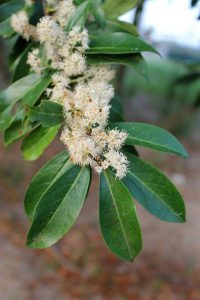


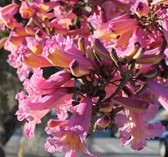


Comments (0)
Thanks for your comment!
Thanks for your feedback! Your comments have been successfully submitted! Please note, all comments require admin approval prior to display.
Error submitting comment!
There is a problem with your comment, please see below and try again.